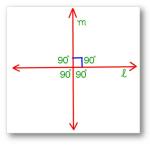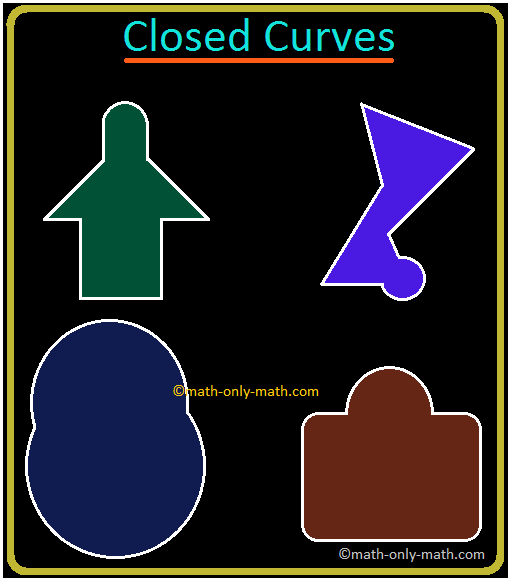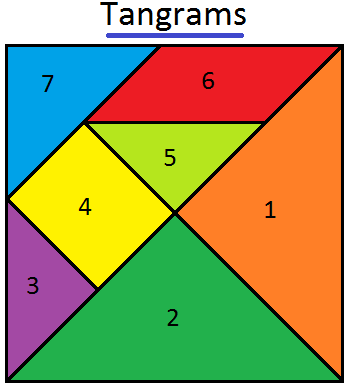Factors
Factors are discussed here with examples.
Each of the numbers multiplied together to form a product is called a factor of the product.
For Example:
(i) 2 and 3 are the factors of 6 as 2 × 3 = 6.
Also, 1 × 6 = 6
Since 1 and 6 are also factors of 6.
Thus, 1, 2, 3 and 6 are factors of 6 as each of these numbers (1, 2, 3 and 6) divides number 6 exactly.
(ii) 3 and 5 are the factors of 15 as 3 × 5 = 15.
Also, 1 × 15 = 15
Since 1 and 15 are also factors of 15.
Thus, 1, 3, 5 and 15 are factors of 15 as each of these numbers (1, 3, 5 and 15) divides number 15 exactly.
(iii) 3 and 7 are the factors of 21 as 3 × 7 = 21.
Also, 1 × 21 = 21
Since 1 and 21 are also factors of 21.
Thus, 1, 3, 7 and 21 are factors of 21 as each of these numbers (1, 3, 7 and 21) divides number 21 exactly.
(iv) 5 and 7 are the factors of 35 as 5 × 7 = 35.
Also, 5 × 7 = 35
Since 1 and 35 are also factors of 35.
Thus, 1, 5, 7 and 35 are factors of 35 as each of these numbers (1, 5, 7 and 35) divides number 35 exactly.
In other words, a factor of a given number divides the given number exactly.
In every number there are a fixed number of factors.
Let us consider the following example on factors.
Factors of 6 (Six) are 1, 2, 3 and 6.
Factors of 7 (Seven) are 1 and 7.
Factors of 8 (Eight) are 1, 2, 4 and 8.
Factors of 9 (Nine) are 1, 3 and 9.
Factors of 10 (Ten) are 1, 2, 5 and 10.
Factors of 11 (Eleven) are 1 and 11.
Factors of 12 (Twelve) are 1, 2, 3, 4, 6 and 12.
Factors of 13 (Thirteen) are 1 and 13.
Factors of 14 (Fourteen) are 1, 2, 7 and 14.
Factors of 15 (Fifteen) are 1, 3, 5 and 15.
Factors of 16 (Sixteen) are 1, 2, 4, 8 and 16.
Factors of 17 (Seventeen) are 1 and 17.
Factors of 18 (Eighteen) are 1, 2, 3, 6, 9, and 18.
Factors of 19 (Nineteen) are 1 and 19.
Factors of 20 (Twenty) are 1, 2, 4, 5, 10 and 20.
Factors of 24 (Twenty four) are 1, 2, 3, 4, 6, 8, 12, and 24.
Factors of 27 (Twenty seven) are 1, 3, 9 and 27.
Factors of 30 (Thirty) are 1, 2, 3, 5, 6, 10, 15, and 30.
Factors of 36 (Thirty six) are 1, 2, 3, 4, 6, 9, 12, 18, and 36.
Factors of 43 (Forty three) are 1 and 43.
Factors of 48 (Forty eight) are 1, 2, 3, 4, 6, 8, 12, 16, 24, and 48.
Factors of 53 (Fifty three) are 1 and 53.
Factors of 56 (Fifty six) are 1, 2, 4, 7, 8, 14, 28 and 56.
Factors of 60 (Sixty) are 1, 2, 3, 4, 5, 6, 10, 12, 15, 20, 30 and 60.
Factors of 70 (Seventy) are 1, 2, 5, 7, 10, 14, 35, and 70.
Factors of 90 (Ninety) are 1, 2, 3, 5, 6, 9, 10, 15, 18, 30, 45 and 90.
Factors of 112 (One hundred twelve) are 1, 2, 4, 7, 8, 14, 16, 28, 56 and 112.
● Factors.
● Highest Common Factor (H.C.F).
● Examples on Highest Common Factor (H.C.F).
● Greatest Common Factor (G.C.F).
● Examples of Greatest Common Factor (G.C.F).
● To find Highest Common Factor by using Prime Factorization Method.
● Examples to find Highest Common Factor by using Prime Factorization Method.
● To find Highest Common Factor by using Division Method.
● Examples to find Highest Common Factor of two numbers by using Division Method.
● To find the Highest Common Factor of three numbers by using Division Method.
5th Grade Numbers Page
5th Grade Math Problems
From Factors to HOME PAGE
Didn't find what you were looking for? Or want to know more information about Math Only Math. Use this Google Search to find what you need.
Recent Articles
-
Perpendicular Lines | What are Perpendicular Lines in Geometry?|Symbol
Apr 19, 24 02:46 AM
In perpendicular lines when two intersecting lines a and b are said to be perpendicular to each other if one of the angles formed by them is a right angle. In other words, Set Square Set Square If two… -
Fundamental Geometrical Concepts | Point | Line | Properties of Lines
Apr 19, 24 01:55 AM
The fundamental geometrical concepts depend on three basic concepts — point, line and plane. The terms cannot be precisely defined. However, the meanings of these terms are explained through examples. -
What is a Polygon? | Simple Closed Curve | Triangle | Quadrilateral
Apr 18, 24 02:15 AM
What is a polygon? A simple closed curve made of three or more line-segments is called a polygon. A polygon has at least three line-segments. -
Simple Closed Curves | Types of Closed Curves | Collection of Curves
Apr 18, 24 01:36 AM
In simple closed curves the shapes are closed by line-segments or by a curved line. Triangle, quadrilateral, circle, etc., are examples of closed curves. -
Tangrams Math | Traditional Chinese Geometrical Puzzle | Triangles
Apr 18, 24 12:31 AM
Tangram is a traditional Chinese geometrical puzzle with 7 pieces (1 parallelogram, 1 square and 5 triangles) that can be arranged to match any particular design. In the given figure, it consists of o…




